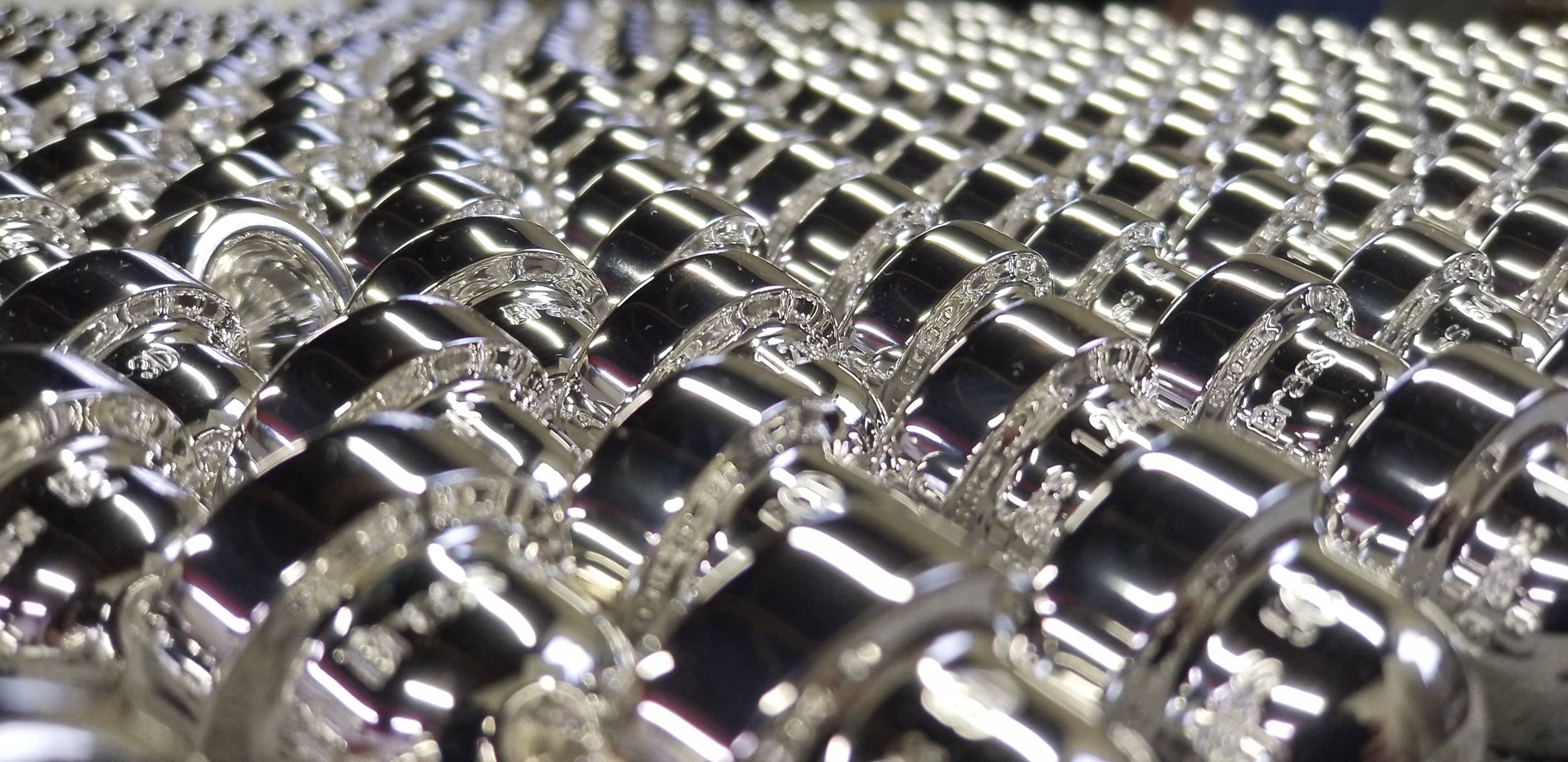How do you pick a new Pickett trumpet mouthpiece?

Just pick one.
That’s usually how players will pick a new mouthpiece. The choices can be overwhelming. Even within just one company, there are seemingly endless possibilities and choices. And everyone says “this mouthpiece is really great and will fit great with you.” But how do you know?
My favorite analogy for mouthpiece choosing is how we pick a pair of shoes. Everyone has a foot and from 20 feet away, they all look the virtually same. But we know that some shoes fit a lot better than others, some feel really great, and some even look just terrible.
In order to find the best pair of shoes for us, we usually take time to try a number of pairs on so to find out our general foot size. And then we pick a few pairs from multiple companies, and take a walk around the store to feel better how they fit and work on our feet. It can be difficult to know at this point whether the pair we picked is the ‘right pair.’ So we end up taking them home to try them out for the long term - and only then will you know how they fair with your feet and your activity. We often fall in love with how they look and what statement they send out.
Picking and evaluating a new mouthpiece is much akin to picking a pair of shoes. Everyone’s embouchure is similar, but only at the highest level. Everyone’s oral muscle structure, dental structure, oral cavity, and chest cavity is different and all affect how we approach and play our instrument. So getting the mouthpiece in our instrument and to our lips is the only way to truly evaluate the initial fit.
Just like a size 10 from one brand is not the same as a size 10 from another brand, brass instrument mouthpieces vary in what people consider a 0.660” inner diameter. This is not so important if you can simply put the mouthpiece on your lips and feel exactly where it lays - it’s just not important what each manufacturer labels their products.

From here, a full survey of your playing style is required - from walking in the potential new shoes to running, to starts and stops, to quick turns, to rough terrain - all scenario examples you can think of to feel how the mouthpiece is performing with you and with your instrument.
The next item to remember is that a new pair of shoes won’t make you leap like Michael Jordan. Although, they can support you in your athletic development as you progress in skill and technique. Having the proper equipment shouldn’t be overlooked. So many times, we’ve heard “You don’t need a new mouthpiece, you just need to practice.” Yes, you need to practice - we all do. However, having the right equipment along the way that fully supports your advancement will avoid obstacles along the way.
While you are trying new equipment, it is important to have someone with you that can observe and listen. Back to our shoe analogy: when you have a new pair of shoes on, your gait may change, your foot pronation may change. Often it takes a coach or observer to notice this before causing harm.


